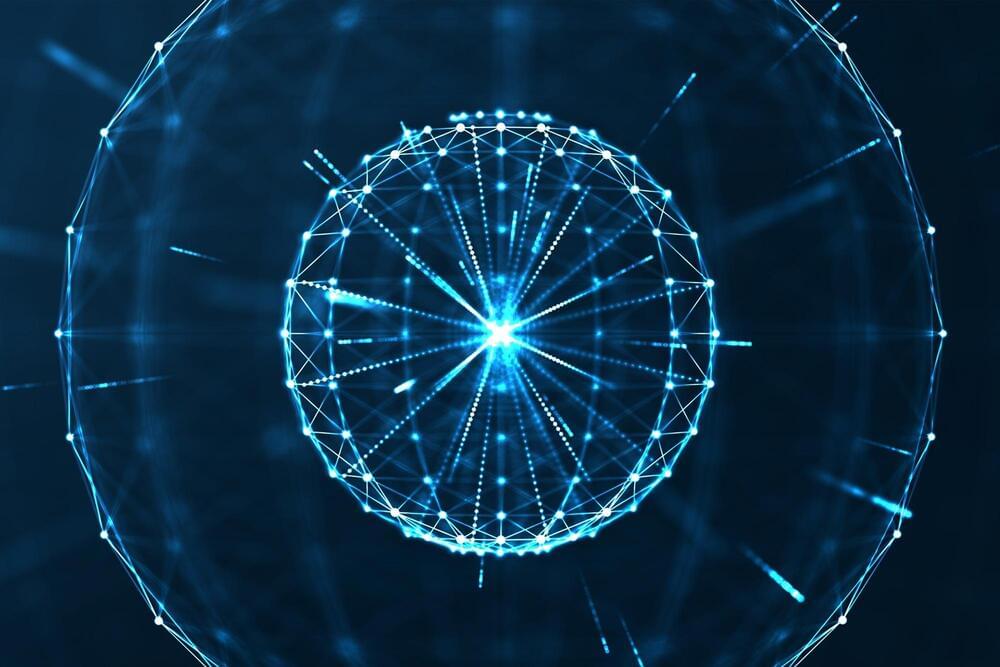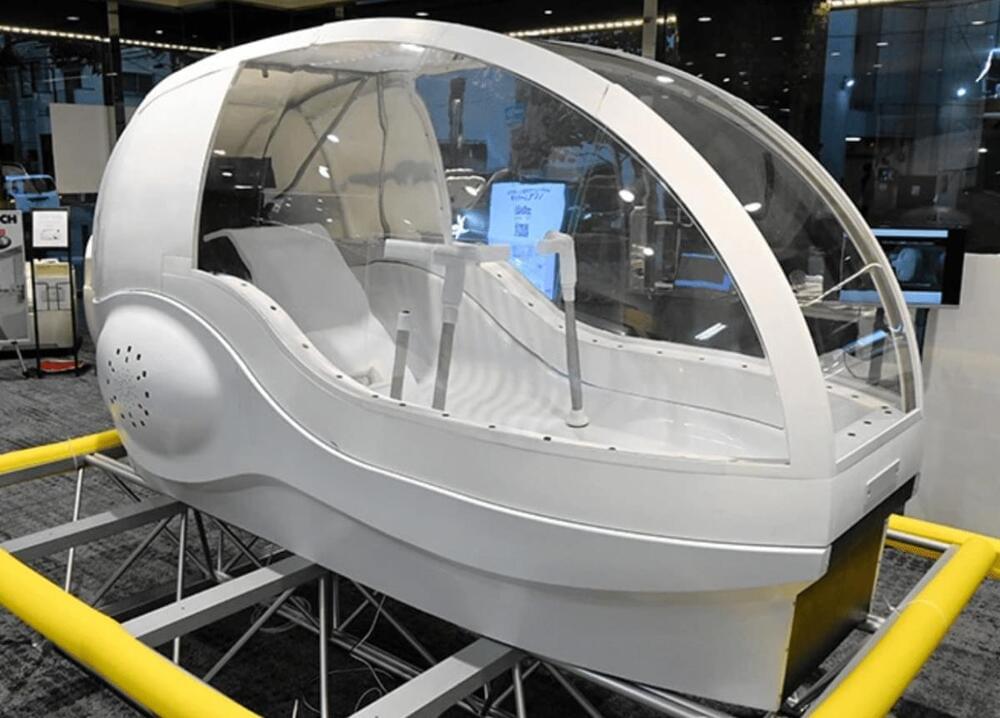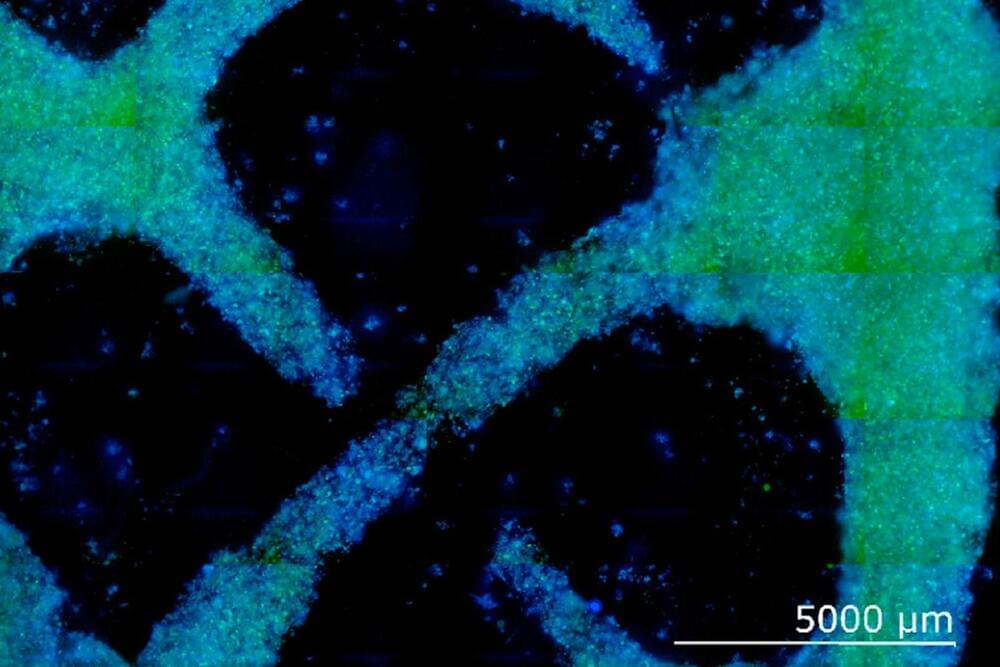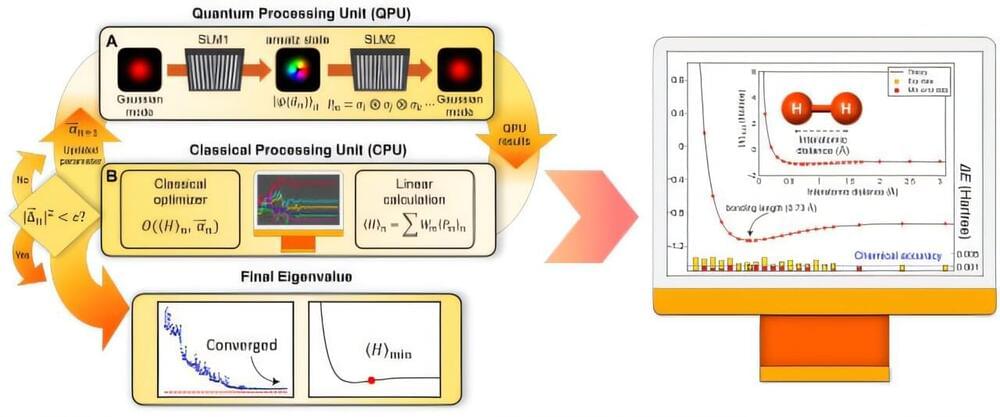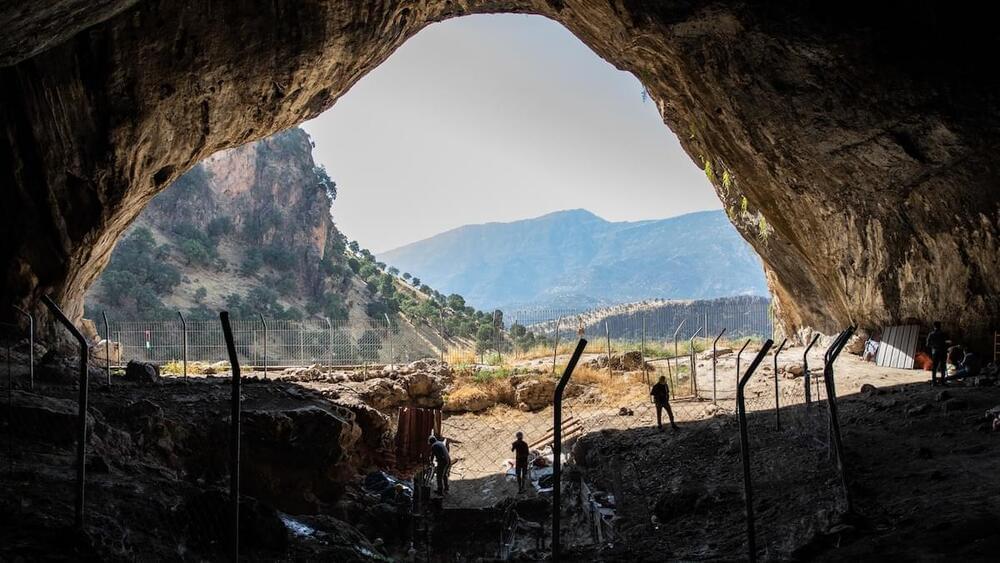A large field-of-view, single-cell-resolution two-and…
Research on moscovium and nihonium shows they are more reactive than flerovium and subject to notable relativistic effects, broadening our understanding of superheavy elements and their potential uses.
An international team led by scientists from GSI/FAIR in Darmstadt, Johannes Gutenberg University Mainz, and the Helmholtz Institute Mainz has successfully determined the chemical properties of the artificially produced superheavy elements moscovium and nihonium (elements 115 and 113).
Moscovium is now the heaviest element ever to be chemically studied. Their research, published in Frontiers in Chemistry, reveals that both elements are more chemically reactive than flerovium (element 114), which was previously studied at GSI/FAIR.
